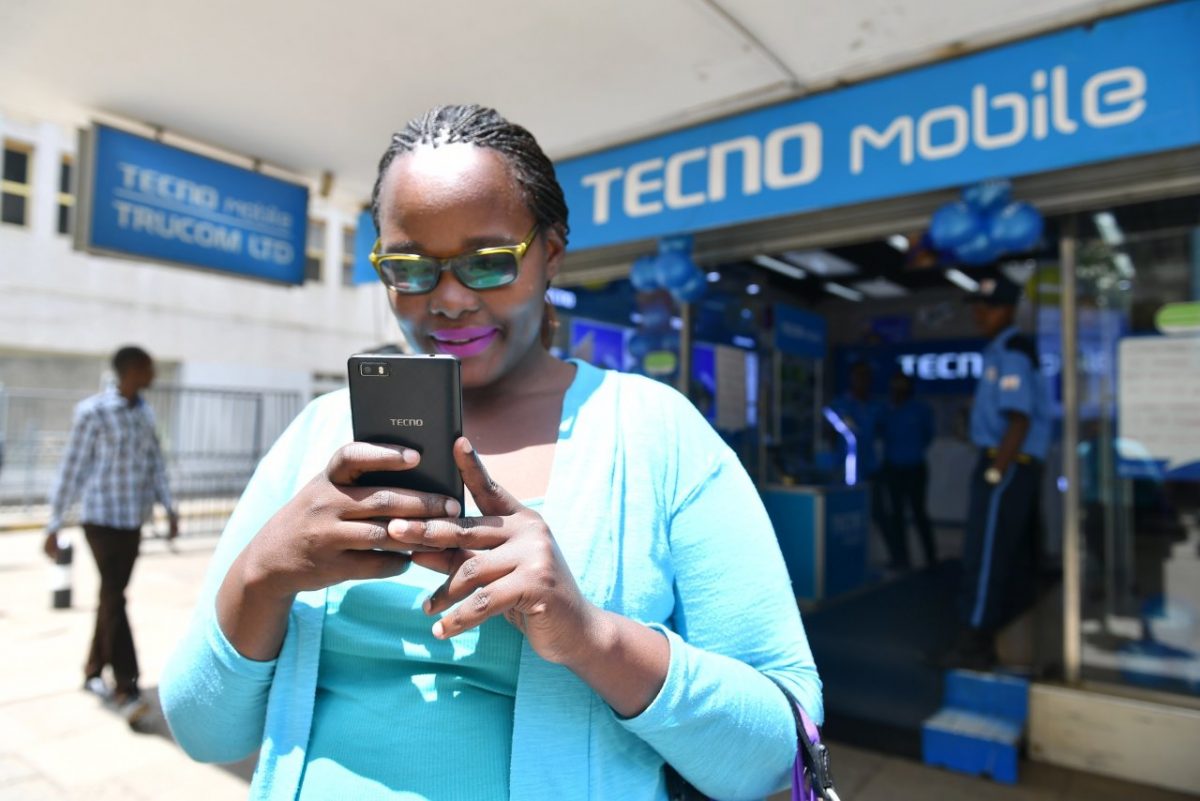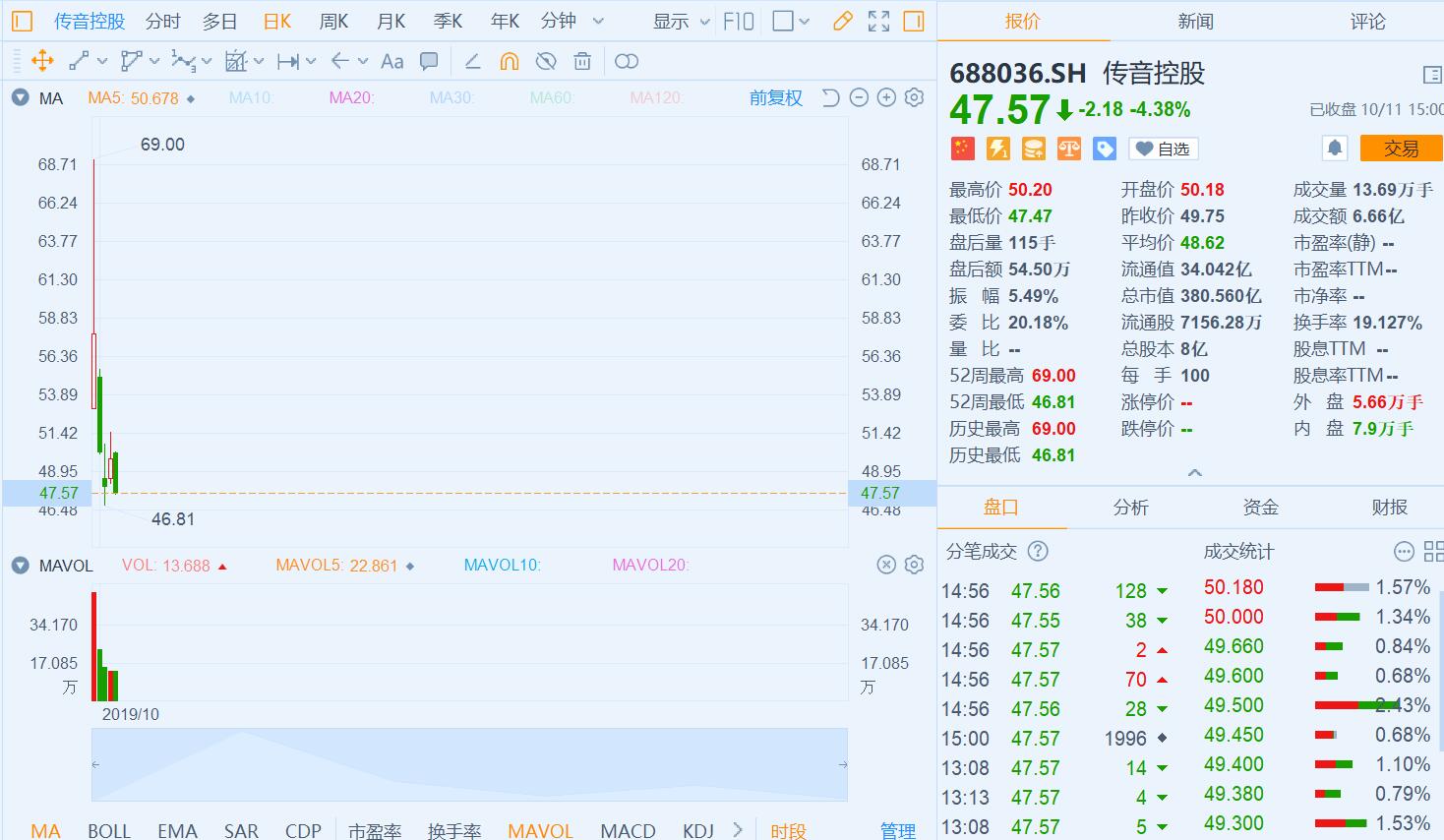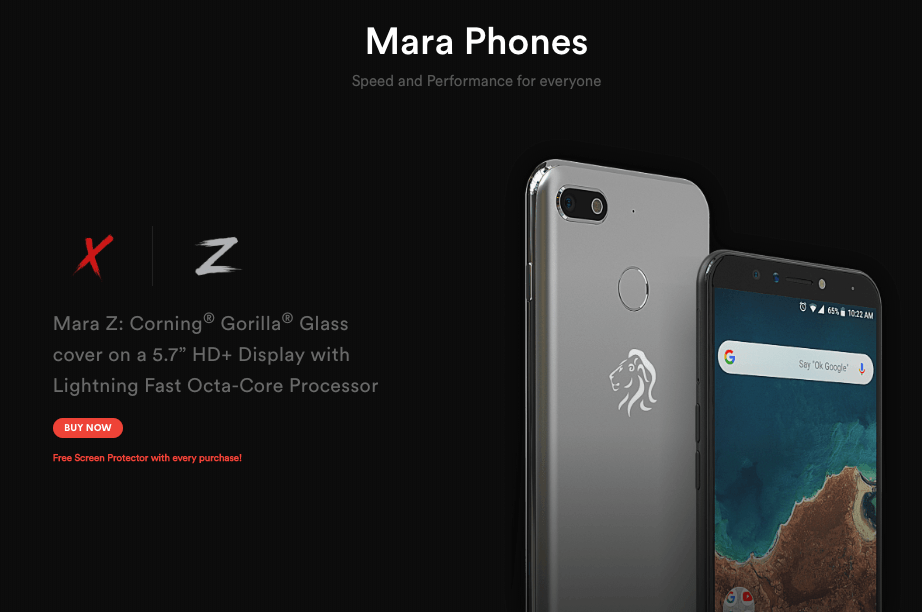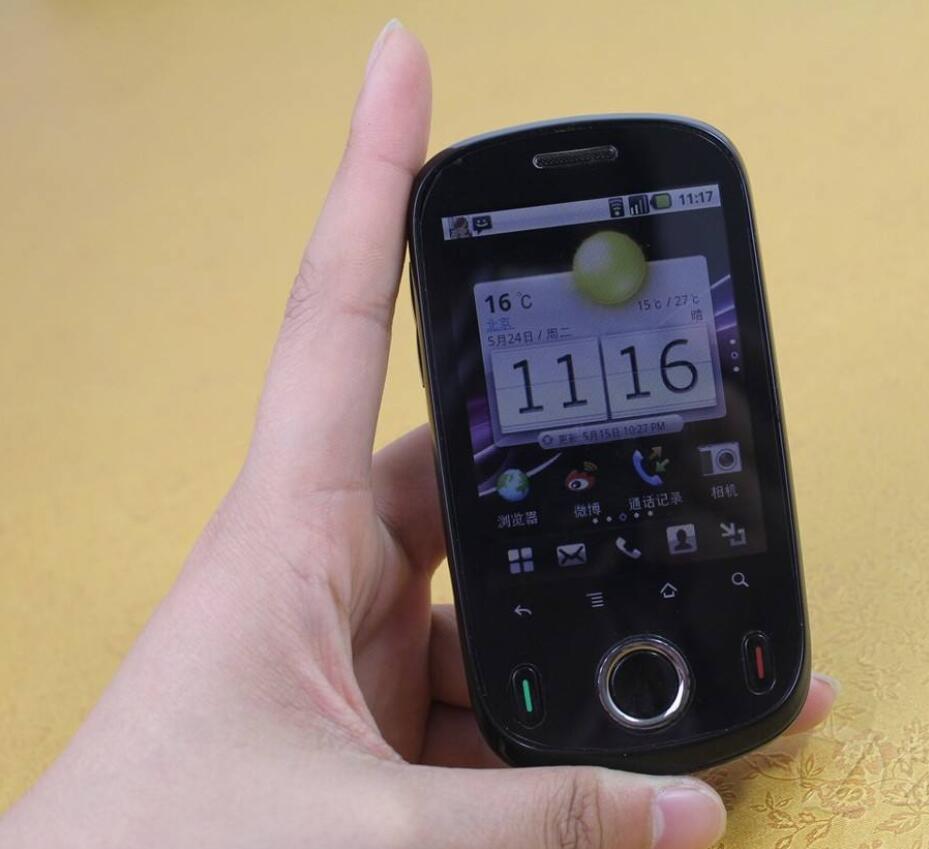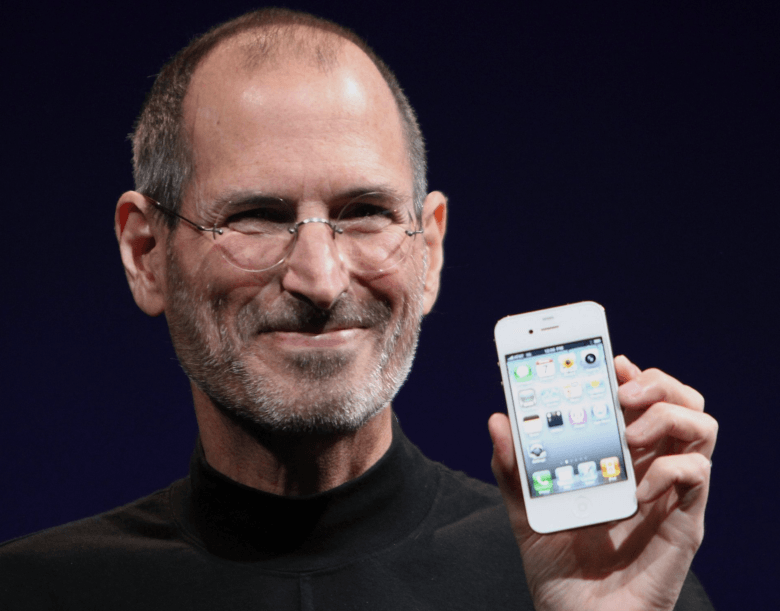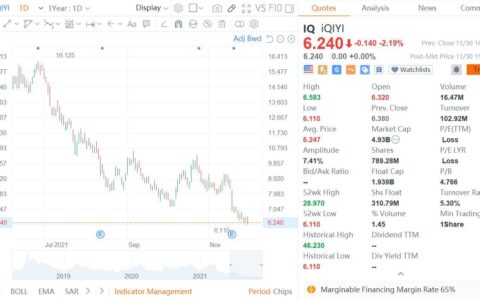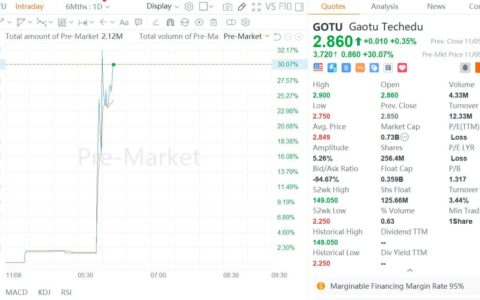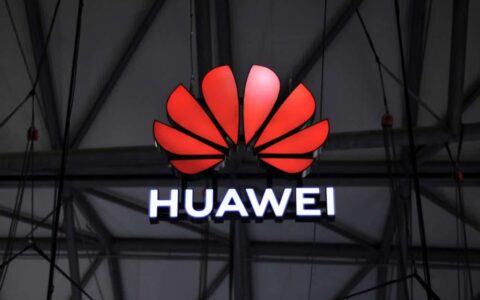It's a Chinese company, but interestingly it is rarely heard of on its home turf. With very few Chinese users, it sold over 80 million phones worldwide, far more than Xiaomi and vivo.
The Shenzhen-based company named Transsion mainly targets the African market. According to IDC data, Transsion was the No. 1 phone brands in Africa, with the total market share topping 48.71 percent in 2018.
Big names like Apple, Samsung, and Huawei have all failed to capture as much market share. And Transsion as a result was named Africa's smartphone king in both Chinese and foreign media.
But that is about to change.
Huawei and Xiaomi Coming
With the Chinese and the broader global markets becoming saturated, big brands including Huawei and Xiaomi are all eyeing opportunities elsewhere. And the traditional stronghold of Transsion falls just into their radar.
Let's start with a recent development.
In what looks like a move to acquire the needed capital to fend off future shocks from other players, Transsion landed on the Chinese A-share market on September 30, raising 2.8 billion yuan ($400 million).
But on Tuesday, the first trading day of China's capital markets after the long National Day holiday and Transsion's second trading day, its shres plunged as much as 13 percent because it was sued by Huawei for alleged copyright infringement.
The lawsuit was all about one wallpaper, which Huawei claims was in infringement of its copyright and seeks for a compensation as much as 20 million yuan.
Transsion acknowledged it was fact that some of its phones used this wallpaper, and in a statement it also said the 20 million Huawei was seeking won't matter much to its business which accounts for only 0.1904 percent of its revenue in the first half of this year.
It makes sense for Huawei to target Transsion just at the time of its IPO. With the pressure in Europe and the United States become ever bigger, marching into Africa seems to be the only choice for Huawei to seek growth.
Although Huawei positioned itself as a high-end brand, it was also testing water in the African market. In 2017, Huawei rolled out a phone in Africa priced at only $80. After that several other models were also released, helping Huawei to expand its market share.
But those efforts are far from enough to catch up with Transsion. Latest data shows that Huawei's market share in Africa is merely 4%, way behind Transsion's 48%.
But here is the catch, as Africa's smartphone king, Transsion didn't spend much on R&D, which means competitors with strong R&D capabilities like Huawei and Xiaomi could easily play the catch up game with more marketing.
Transsion's IPO files shows that its R&D fees was 385 million yuan in 2016. That number grew to 598 million in 2017 and 712 million in 2018, accounting for around 3 percent of its revenue.
While in comparison, for those 28 companies which are also listed on the Star Board that have already released their interim results, the average ration of R&D fees to revenue was as high as 13 percent. Not to mention Huawei's R&D fees topping 101.5 billion yuan in 2018, accounting for 14.1 percent in its revenue.
The case is similar for Xiaomi.
Canalys Data showed that smartphone shipment fell 6 percent in China in the second quarter, marking the 9th consecutive decline.
Among the major players, Huawei was the only one that saw shipment growth. In the second quarter, Huawei shipments grew by 31 percent with market share reaching 38.2 percent.
OPPO ranked second with an 18.3 percent market share, but shipments were down by 18%.
Vivo shipments were also down by 19 percent with market share being 17.5%.
Xiaomi suffered the most with shipments down by 20 percent and market share falling to 11.8 percent.
But there is something interesting shown in Xiaomi's interim report file to the Hong Kong stock exchange where it was listed. In the first half of this year, the company's global smartphone shipments reached 60 million, up 9.8 percent year on year.
With domestic sales down significantly but global shipments posting remarkable growth, one can clearly tell that Xiaomi's shipments were growing fast in overseas markets.
Local Players Emerge
Not only competition from Chinese peers including Huawei and Xiaomi, Transsion is also starting to face competition from local players.
According to a cnTechPost report earlier this week, Rwanda's Mara Group launched two smartphones on Monday, describing them as the first “Made in Africa” models.
The phones, the Mara X and Mara Z, will use Google's Android operating system and cost 175,750 Rwandan francs ($190) and 120,250 Rwandan francs ($130) respectively.
They are expected to compete with Asian manufacturers like Huawei and Samsung, as well as Transsion.
“This is the first smartphone manufacturer in Africa,” Mara Group CEO Ashish Thakkar told Reuters after touring the company alongside Rwanda's President Paul Kagame.
He said that several companies assemble smartphones in Egypt, Ethiopia, Algeria, and South Africa, but most import the components from Asia.
We are actually the first who are doing manufacturing. We are making the motherboards, we are making the sub-boards during the entire process.
There are over 1,000 pieces per phone.
With only 15% of Rwandans owning a smartphone, Mara believes they could be positioned for explosive growth through 2025.
Kagame told people at the launch event that affordable smartphones are going to drive the country into the 21st century.
The smartphone is no longer a luxury item, and it is rapidly becoming a requirement of everyday life.
That trend is bound to increase in the years to come as more and more services migrate to digital platforms. We want to enable many more Rwandans to use smartphones. The cost and quality is very important and the introduction of Mara Phones will put smartphone ownership within reach of more Rwandans.
This should also worry Transsion because local players always have a better understanding of their home market.
Take China for example, 9 years ago when HTC, Samsung and Apple dominated the smartphone market, Xiaomi was just a small team making their own Android fork which now is called the MIUI and Huawei was still focusing on the telecom equipment market and the phones it made were far from attractive.
Here is the Huawei C8500 released in 2010:
Here is Steve Jobs introducing the iPhone 4 in 2010:
With all that said, when Transsion's throne will be toppled is just a matter of time.

